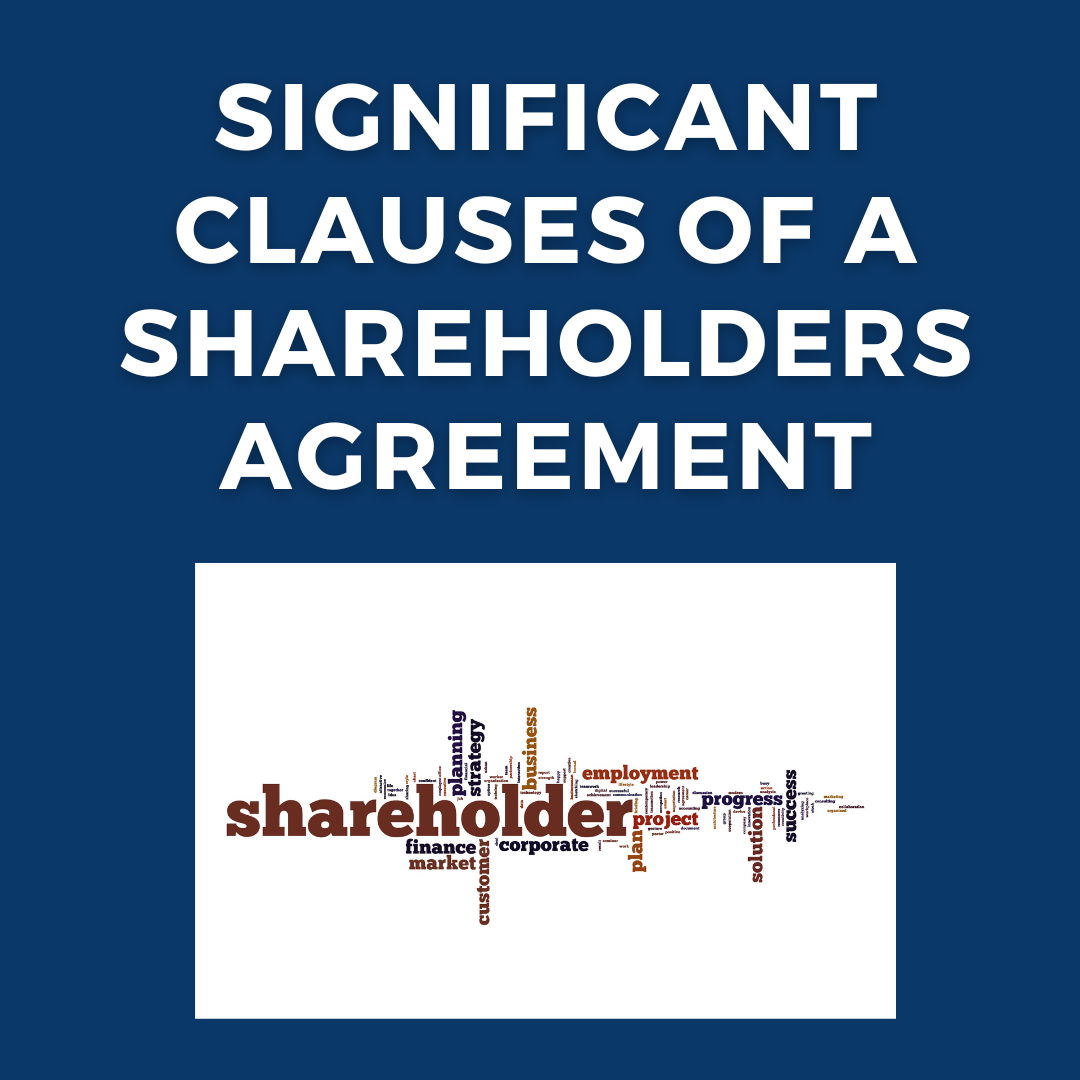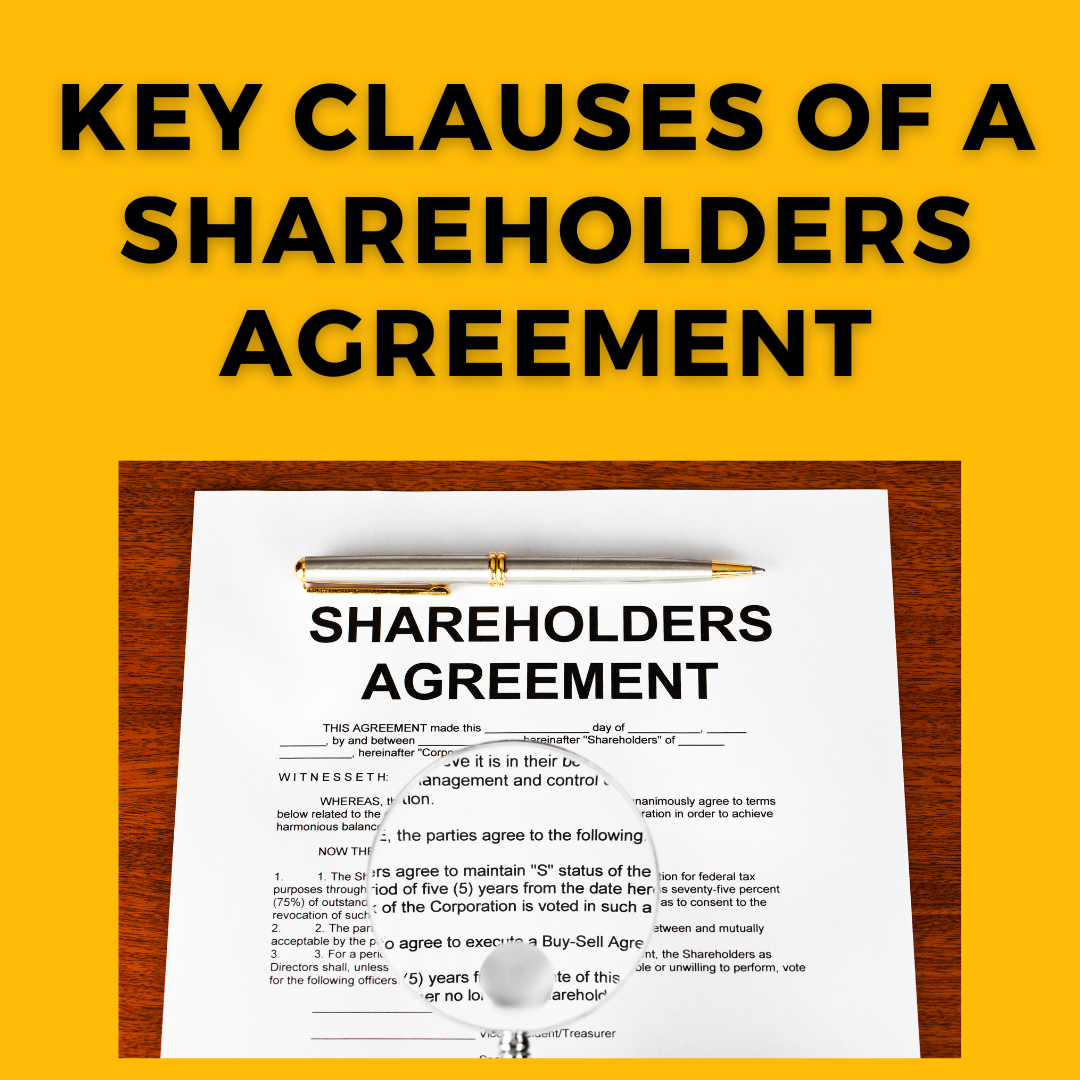This blog post is written by Mr. Badarinath CH, 4th year law student at Karnataka State Law University.
Introduction:
“When the wind of change blows, some build walls while the others build windmills” is the statement which is suitable for India as it has become a hub for rampant economic growth while the developed are still trying to cope up with the Pandemic. There has been a lot of growth in the economic activities and one of the most prominent and trending is Mergers and Acquisitions as the Country saw nearly 70% increase in the M&A activities this year and reached an all-time high of $171 billion.
Mergers and acquisitions (“M&A”) are one of the most effective ways to accelerate the execution of high-growth business plans. Companies in all industries such as telecommunications, pharmaceuticals, automotive, food and beverage are growing at lightning speed, especially due to M&A strategies. M&A refers to transactions between two companies that combine in different ways. Although the terms “merger” and “acquisition” are used interchangeably, they have different legal meanings.
Mergers & It’s Types:
Mergers are like marriages in corporate law where there is an integration of two or more enterprises joining forces to create a new organization by entering into a legal agreement. Merger has become a tool to expand one’s operation. The various objectives of a merger are to increase the long-term profitability of the merging entity, increase market share, reduce operating costs, expand to new locations, and connect everyday items.
Mergers are of the following types:
-
Horizontal Mergers
Horizontal mergers occur when two merging companies manufacture similar products in the same industry. A horizontal merger occurs when two companies competing in the same market merge or merge. This type of merger can have a very large impact on the market or no impact at all.
-
Vertical Mergers
A vertical merger occurs when two companies, each involved in a different stage of production of the same commodity, join forces. Vertical mergers can be anti-competitive because they make it difficult for competitors to access key product components or distribution channels. Such mergers have a significant impact on other manufacturers and distributors in the same sector.
-
Congeneric Mergers
Congeneric Merger occurs when two merged companies operate in the same general industry but do not have a mutual buyer or supplier relationship. This is a merger of two companies with no related products or markets. In other words, there is no common business relationship. The reason for such mergers is usually to spread risk.
-
Conglomerate Merger
It is a merger between two companies in independent industries. The main reasons for Conglomerate mergers are to increase the value of outstanding shares by leveraging financial resources, increasing debt capacity, increasing leverage and his earnings per share, and lowering average cost of capital. Mergers with independent companies also help companies enter different businesses without incurring the high start-up costs normally associated with a new company.
The Concept of Acquisition
An acquisition usually refers to a large trading company buying a smaller company. Acquisition, in its broader sense, refers to the acquisition of corporate property by one company by purchasing another company directly. It is the acquisition by a company of control of the share capital of another existing company. Acquisitions come in two basic forms-
- Stock Purchase: here, the acquirer pays the shareholders of the target company cash and/or shares in exchange for shares in the target company. Here, the target company’s shareholders receive the reward, not the target company.
- Asset Purchase: In an asset purchase, the acquirer purchases the target’s asset and pays the target directly.
Merits of Mergers & Acquisition
-
Access to Talent
Industries such as engineering, construction, software development and programming face labour shortages. Therefore, it is difficult for companies to find new skilled and talented employees to fill vacancies. This is a huge advantage for mergers and acquisitions as it introduces new talent to the company that may not otherwise be accessible.
-
Improved Economy of Scale
New large companies or companies that acquire another company generally have a greater need for materials and consumables. Also, if a company has high requirements, it means that the company has high purchasing power. High purchasing power enables companies to negotiate large orders, and when companies can negotiate large orders, it leads to cost efficiency. can be enlarged.
-
More Financial Resources
When two companies merge or when one company acquires another company, the two companies combine their financial resources, especially since the marketing budget is larger, so the company needs more financial resources. Thus, making it easier to reach its customers.
-
Reduce Competition
Mergers and Acquisitions reduce competition. This has a negative impact on customers. However, from a business perspective, reducing competition can be a huge benefit. Less competition means less pressure to lower prices and compete. This allows the enterprises to charge higher prices and benefit from higher profit margins.
-
Tax Benefits
Mergers and acquisitions have several tax Benefits. First of all, companies with cash on hand may try to consolidate rather than pay dividends. Dividends are taxable but increases in shareholder value is not. Even if shareholders sell their shares at a higher price, they will still have to pay capital gains, which are usually at a lower rate than income tax.
Demerits of Mergers & Acquisition
-
Employee Distress
Mergers and acquisitions are tough on employees. This is because the new company will try to take advantage of synergies, which tends to lead to massive layoffs. This can cause stress as employees fear that their work will be jeopardized. At the same time, there are many unknowns that can cause stress.
-
Financial Burden
One of the main drawbacks of mergers and acquisitions is that they often generate large amounts of debt. Acquiring companies usually have to borrow heavily to invest.
Alternatively, a company that acquires or merges may have a large amount of debt. Second, the merged company may incur significant debt as a result of the transaction.
-
Clash of Cultures
When two companies merge and acquire, so do their corporate cultures. For example, a company may be very strict and disciplined and require workers to work overtime. However, other companies are very flexible and allow employees to work the hours they choose.
Additionally, there may be different employee benefits that vary from company to company.
-
Time & Cost Consuming
Mergers and acquisitions involve a significant amount of legal and accounting work that can cost companies millions of dollars. Any failure to complete the merger or acquisition could result in significant losses. At the same time, even if it does pass, it’s a huge premium to the real price.
Recent M&A Deals in India:
- Acquisition of NDTV by Adani Group: Adani Group’s media arm, led by Gautam Adani, has acquired a 29.18% stake in New Delhi Television Ltd (NDTV). The Ports-to- Energy conglomerate acquired a stake in NDTV by buying the company backed by TV channel founders Radhika Roy and Prannoy Roy. NDTV made a public offer to acquire an additional 26% stake from public shareholders. The conglomerate acquired the media house indirectly and through Vishvapradhan Commercial Pvt Ltd (VCPL), a wholly owned subsidiary of AMG Media Network Ltd (AMNL), owned by Adani Enterprises Ltd (AEL). NDTV promoters, who tried to resist the offer, eventually resigned from the board, ergo paving for the most talked corporate takeover of the media company.
- Merger creating a Financial Behemoth: The Merger between HDFC Ltd and HDFC Bank which is billed as the largest merger in the Indian Corporate History at over $40 Billion. Mortgage lender Housing Development Finance Corporation merged with its subsidiary HDFC Bank to create a financial giant. The Board of Directors of HDFC Bank has approved the merger of HDFC Investments and HDFC Holdings with HDFC and the merger of HDFC into his HDFC Bank.
- Air India’s return to its Home: The National airline, formerly acquired by the Tata Group upon nationalization, officially became Tata’s in January this year after acquiring the debt-ridden airline last October after winning a bid of Rs 18,000, up Rs 2.9 billion handed over to the group from bids of other conglomerates. Since then, Tata Sons Air India merged with his Vistara and Air Asia and has become a significant player in the Indian aviation industry.
Statutes Regulating M&A
There are certain Promulgations that regulate the Mergers and Acquisition deals such as Section 230-240 of the Companies, Act 2013. Further the Competition Act, 2002 where it regulates the Mergers & Acquisitions by mandating the entities to not cross the threshold limit which is decided by the turnover and the asset of the entities. The duties regarding payment of stamp duties are regulated under The Indian Stamp Act, 1899 and regarding Cross-border merger which involves the Merger or Acquisition between Indian and foreign Companies, the Foreign Exchange Management Act, 1999 despite these statutes the Central Bank of India i.e., RBI, SEBI and CCI are other bodies that are watchdog of these transactions.
Conclusion:
The M&A has become an emerging sector in the modern Corporate Market, which is expected to become the catalyst for India’s market growth. Even though these deals have its own hindrance as abovementioned, a good M&A can boost the economy of an industry as well as the market in ways it never can. It is evident that the M & A market is booming but still there are instances where there has been involvement of hostile takeover which is trending in the recent times due to many takeovers both in India and Oversees, thus there is need of protecting the target companies from such hostile takeovers.

















